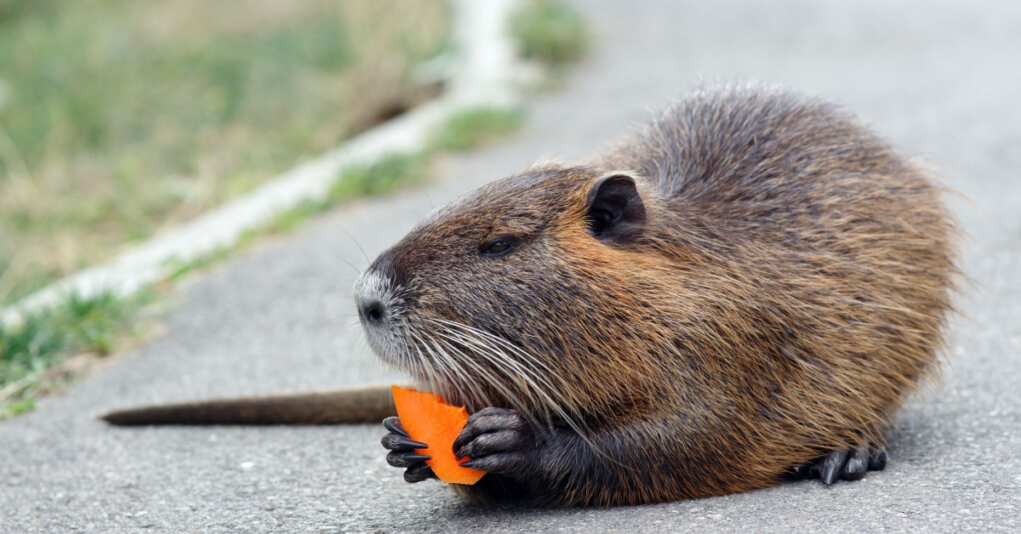Massive Rodent is Overtaking the Bay Area

KRIACHKO OLEKSII / shutterstock.com
The Bay Area is grappling with a significant environmental issue due to the resurgence of a large invasive rodent, known as the nutria. This creature, which can weigh up to 25 pounds, was initially eradicated from California in the 1970s but was rediscovered in the San Joaquin Valley in 2017. Since then, the population has alarmingly spread into the Bay Area, particularly in Contra Costa and Solano counties, where over 1,100 nutrias have been captured and killed this year alone.
The nutria’s destructive behavior includes consuming vast amounts of vegetation, which not only destroys agricultural crops but also disrupts the natural ecosystem by altering soil structure and contributing to erosion.
Invasive 25-pound rodent spreads in Bay Area, posing health and infrastructure threathttps://t.co/csXl9UkqTT
Yahoo News – Latest News & Headlines – Yesterday, 2:51 PM—
🇺🇸🇺🇸Rick Ferguson🇺🇸🇺🇸 (@dthwraith) October 9, 2024
Efforts to control this invasive species have intensified, with the California Department of Fish and Wildlife (CDFW) taking proactive measures. These include setting up cameras in the Delta to monitor nutria presence and using trapping methods to eradicate them.
The CDFW has also requested landowners to allow access for nutria survey teams, emphasizing the urgency of preventing further spread. The concern is not just environmental; nutrias pose health risks to humans, pets, and livestock through various pathogens they carry, like tapeworms and liver flukes.
The invasion of nutria into the Bay Area highlights a broader issue of invasive species management in the U.S. Initially introduced for fur farming, these rodents have few natural predators here, leading to uncontrolled population growth. Their ability to reproduce rapidly compounds the problem, making eradication a challenging but necessary task.
This situation serves as a reminder of the ecological and economic consequences of invasive species, urging more robust prevention and control strategies across affected regions.

